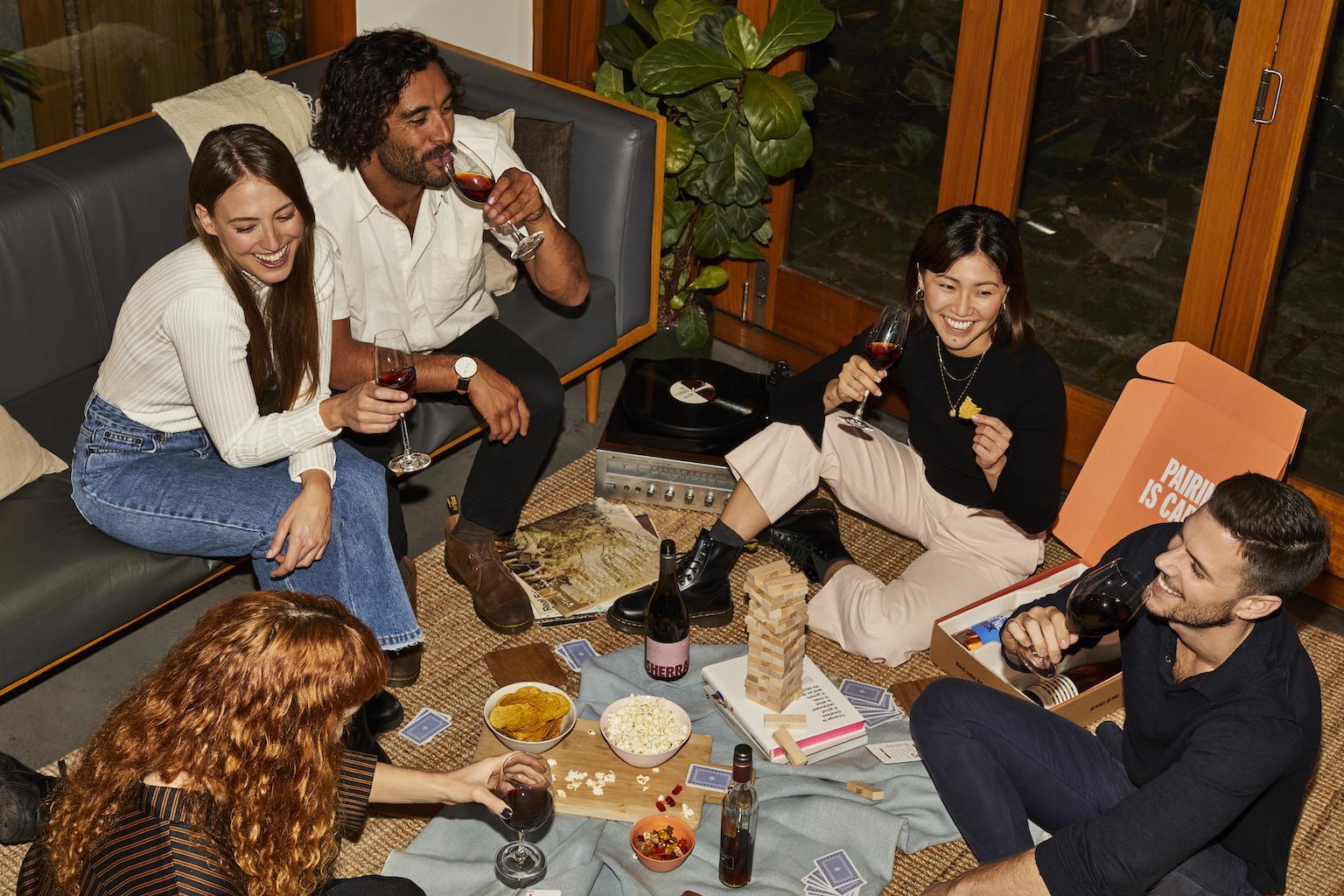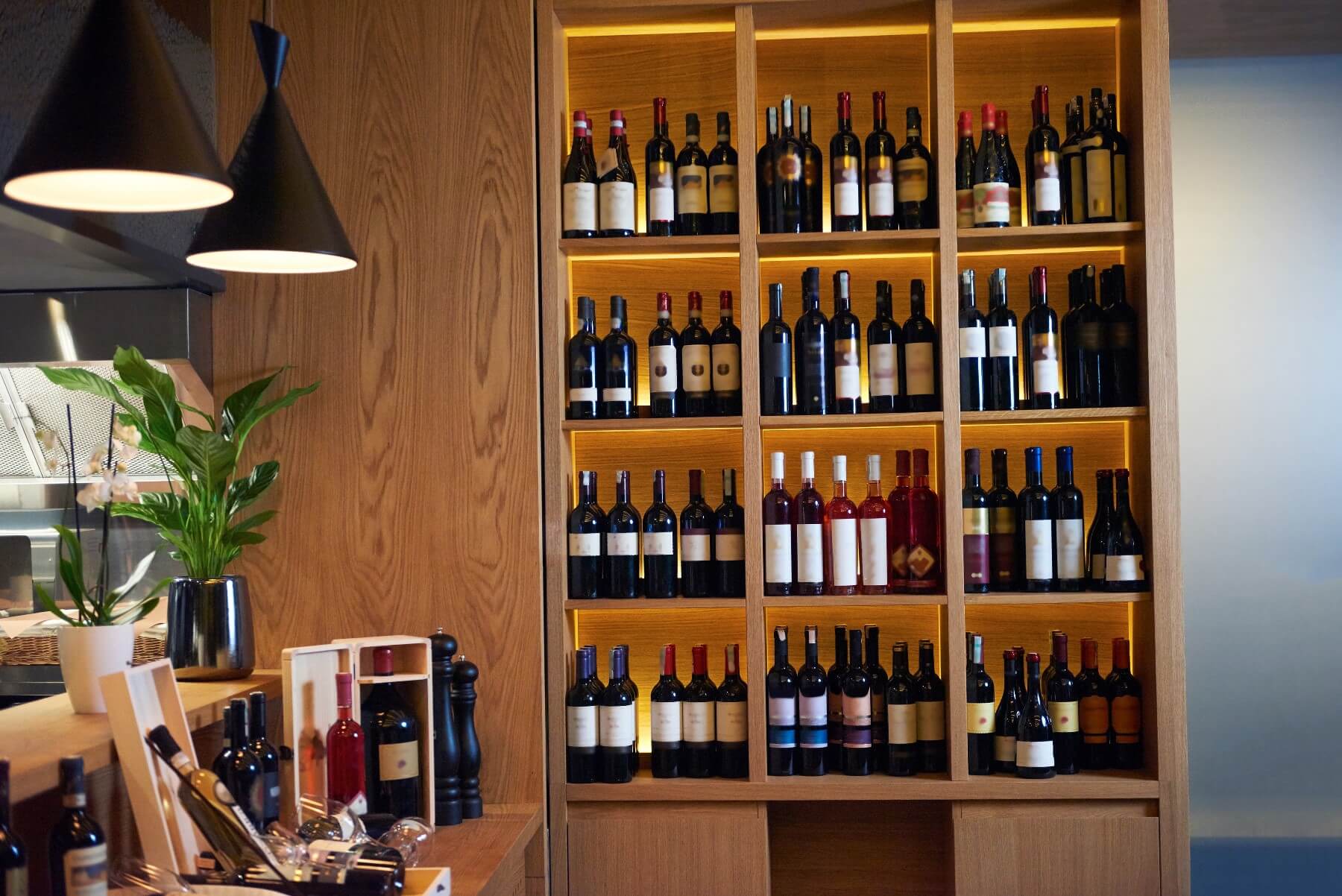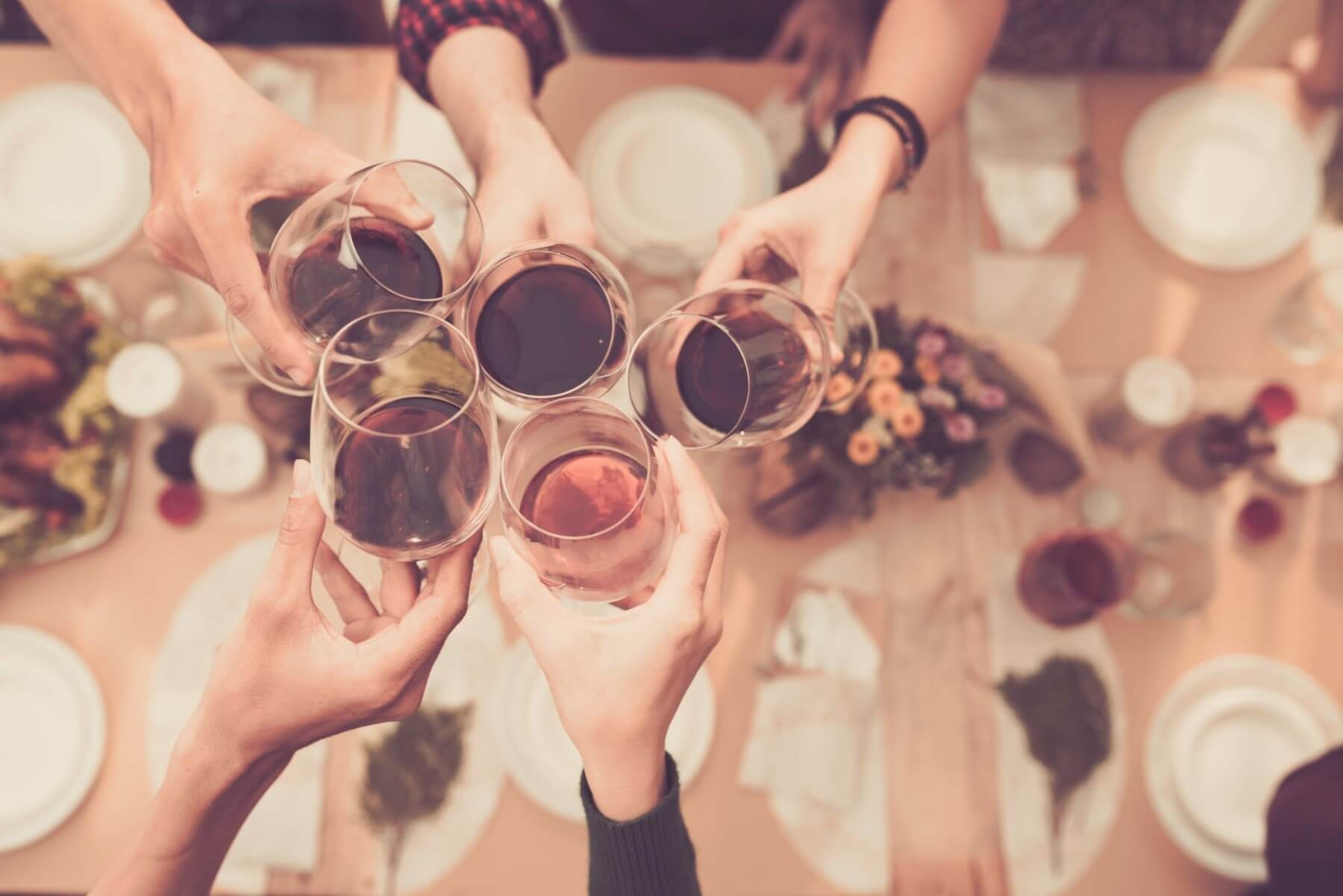

We’ve all been there - invited to a party, with the knowledge it’s only polite to bring a bottle, or on a date and glancing nervously at the wine list, or browsing the initially incomprehensible array of bottles on a wine shops shelves!
We’ve all been there - invited to a party, with the knowledge it’s only polite to bring a bottle, or on a date and glancing nervously at the wine list, or browsing the initially incomprehensible array of bottles on a wine shop’s shelves.
The world of wine can be a tricky and confusing place at times, packed full of lengthy, lofty jargon, seemingly designed to bamboozle us and bring us out in a slight sweat every time we have to choose what we hope to be a great bottle.
The fact of the matter is, wine can sometimes be an annoyingly elitist world, and there are as many myths about the stuff as there are facts to hold on to. At its heart, though, great wine is for everybody and always has been… but this doesn’t mean it’s easy to decipher labels and navigate wine lists.
Many of us just resort to choosing at random, and this can bring some pleasing results, but it’s a risky business, with some inevitable occasional disappointment.
So below we've put together these five pointers to help you on your way, and to assist you in choosing something tasty and memorable every time. Then once you've got them covered, take our palate quiz to find out your top 3 recommended wines**
1. Avoid the Big Names

Wine is often compared with music, especially in the more pretentious wine magazines out there, who love to go on and on about ‘symphonies’ of flavour etc. However, I like to think of wine as comparable to music in a somewhat different way.
You know how the best concerts you’re ever going to see are always going to be those small, random, intimate ones, played by a band you’ve never heard of, but quickly become your favourite? Or how, while you might enjoy some of the best-selling records out there, you’re always going to return to those more obscure artists, with something interesting to say, and who seem to sing directly to you?
Well, wine can be similar. It’s unlikely you’re going to be really turned on by the big name brands in the wine world, mainly because they’re designed to appeal to the widest possible audience.
They’re your middle-of-the-road, bland, stadium rock numbers - wine for people who don’t really like wine. These bottles are easy to recognise, as they’ll be well advertised, with carefully designed labels which look sharp, but tell you nothing at all, and they’ll probably taste incredibly boring.
They’ll be produced in vast numbers, from fruit engineered to produce the highest volumes, with little regard for taste or interest. Go for the alternative, the independent, the low-yielding. These are the wineries who have to fight to get their name out there, and they’ll be producing wine designed to be remembered and bought again, gradually building a dedicated fanbase.
2. Look out for 'Small Regions' on Old World Wines

With Old World, European wines, there’s a relatively simple feature to look out for, that will generally give you some indication of the quality of produce inside the bottle. In the great wine producing countries of France, Spain, Italy and others, there are a series of strict laws and regulations, designed to keep quality high, and wineries producing wines which are characteristic and representative of their regions and sub-regions.
If you buy a bottle from France, for example, and the region is listed as ‘France’ on the label, the chances are, it isn’t very good. This would probably be a blended wine, made from the produce of several different estates. The reason being, it hasn’t met the quality criteria to allow it to represent a smaller geographical area - nobody wants to claim it as their own, and so you shouldn’t claim it for your wine rack, either.
Following this rule to its logical conclusion, the smaller the region, sub-region, village or specific appellation listed on the bottle, the better the quality, and the more quality control it has undergone before being released to the public.
3. An Eye on the Price

Here’s a myth busted for you - when you’re at a restaurant, don’t do what everybody else does, and go for the second cheapest bottle on the list. There’s a simple reason for this; it’s usually the bottle with the biggest mark-up in price, and actually the cheapest one the restaurant stocks.
That isn’t to say that price and quality are in any way synonymous. One of the best bottles of wine I’ve ever bought (again and again, as it happens) was a bottle of Bordeaux that cost about 10 AUD from my local wine shop. However, go too low in price, and you’re in dodgy territory.
You need to keep in mind that in almost all countries, there’s going to be a decently-sized tax placed on wine, so the ‘real’ price of the bottles going to be a bit lower than what is listed on the label in the shop. No winery worth their salt is going to put in all that hard work out in the sun picking grapes and lovingly crafted their blends, and then make a loss on their product.
On the other side of the scale, the really, really expensive bottles are generally going to be indistinguishable in taste from most of the mid-range ones. They might just be from more famous wineries, or having better ageing potential.
Stick to middle range in price, not too cheap, not too expensive, and you’ll usually be fine.
4. Thought for Food

If you’ve been invited for dinner, or you’re at a restaurant, keep in mind the fact that you’re going to be drinking your wine while eating food, and as such, you’ll want a good match. Now, there are rules and guidelines for pairing food with wine which fills whole books, and while this can be a fascinating area to explore, the chances are you haven’t got the time or inclination to go too in-depth.
The basic rule is, be conscious of how powerfully-flavoured your food is going to be before picking your wine. If it’s a light dish of delicate flavours, go for a good white wine or light-bodied red. If it’s a dark, spicy, meaty dish, you’ll want something deep and full-bodied to complement it.
On the white side, Sauvignon Blanc is perhaps the most versatile, and matches with almost any vegetable, chicken or fish dish, and of the reds, Pinot Noir is your drinkable, light and tasty friend.
If in doubt - get yourself a good sparkling wine. Everyone loves a bit of bubbly at a party, and they match with almost any dish on earth.
5. Know Your Regions

Another great way to ensure success is to be familiar with what each great wine producing country or region does best, and then focusing your purchases on those styles or grape varietals.
For example, if you’re looking for a great Shiraz, then Australia is the place to look. Germany produces some of the best off-dry white wines in the world, Italy the best light red wines.
For complex, aged red wines, you can’t go far wrong with a French number, for dry white wine, try Portugal or the Alsace. Some of the best rose wines come from California, and Malbec from South America.
Get to know what your country does best, too, and find out if there are any great local wineries to support - you might discover your new favourite close to home.
So there you have it. 5 tips for choosing a great bottle. But if that still sounds like a lot of work, then give our palate profile quiz a whirl to get three bottles recommended just for your unique palate.
Next up: Take our Wine Palate Quiz and we'll match your personal tastes to our top three recommended bottles just for you
Do you know your wine personality? If your answer is no, take our quiz to find out which wines to pick up next and build your box!
Build my box





